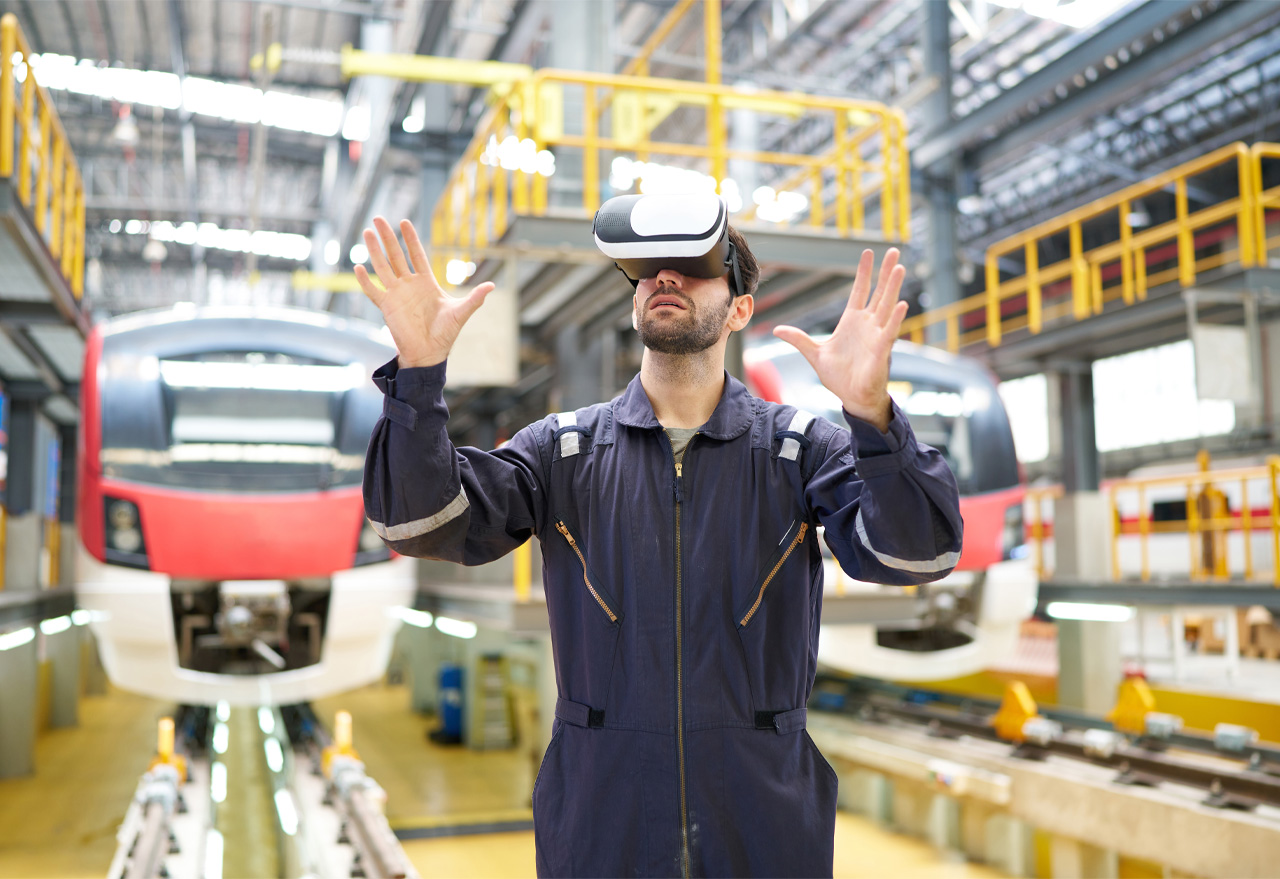As restrictions relating to COVID-19 continue to linger on, brands are having to rethink how and where they can reach and interact with consumers.
The traditional consumer journey in the beverage industry has been disrupted, with touchpoints either being redefined or disappearing overnight. For example, table service now means consumers no longer have direct interactions with brand gatekeepers at the bar. The impact on the events industry, in general, has also driven experiences into the home.
But, with more than 500 million AR-enabled devices in the world, there are ways in which brands can leverage this immersive technology to build and maintain relationships with consumers no matter where they are.
What Is Augmented Reality?
Augmented Reality uses the camera on a mobile device or tablet to add a 3D layer of digital content to the real world, including text, visual animations, and audio. This content is activated by a user scanning a particular marker, such as a QR code or a bottle, or by pointing the camera at a flat surface, such as a table or the floor.
In some instances, users need to download a mobile application to access the experience. However, recent advancements in technology mean AR content can now be viewed directly through a web browser as well.
4 x The Reach - Applying AR Across The Consumer Journey
Presale - Growing brand awareness
Research indicates that by 2022 brands will be spending $2.4bn on AR ads. Social channels, including Snapchat, Facebook, and TikTok, are all driving this integration of AR experiences. The advantages of using AR content versus traditional video advertising include increased levels of engagement and the mass reach achieved by users sharing the results with their network. From social lenses to at-home try ons, estimates show that this form of advertising will generate more than $15bn in revenue for the brands leading the charge. Companies that adopt AR are also seen as being cutting-edge and fun, which helps to enhance brand perception.
Point of Purchase - Boosting sales
On Trade
With table service becoming more commonplace as a result of COVID-19, many drinks brands have lost one of their predominant shop windows. The reason for this is brand gatekeepers are no longer directly interacting with consumers at the bar.
The table itself though does present an opportunity to position a brand front of mind and stimulate conversation. Table talkers or even the table surface can activate AR content that drives sales and brand recognition, such as a 3D tour of a production facility or digital tasting notes.
The content can also link into seasonal events, such as Christmas, or events on the sporting calendar like the Six Nations or 2021 Olympic Games. Imagine giving consumers the ability to see a branded running track on the table in front of them and to challenge their family, friends, or colleagues to cross the finish line first.
Off Trade
Grabbing the attention of consumers on the crowded shelves of a retail floor can be a tricky task. However, with 8 out of 10 shoppers using some form of digital technology while in-store, interactive product displays using AR can offer a point of differentiation that drives sales. For example, these interactive displays on a drinks aisle might offer personalised pairing recommendations or recipe ideas that direct consumers to complimentary food items.
Post-Sale - Creating brand advocates at home
As at-home drinking experiences continue to boom, brands need to find new and innovative ways to add more value post-sale and encourage repeat purchases. Product packaging provides a perfect opportunity to trigger an interactive AR experience. For example, this could bring a life-like digital mixologist into a consumer’s home to guide them through a series of new cocktail recipes or introduce a gamified AR experience that can be enjoyed by family members and friends far and wide. Alternatively, some brands have decided to partner with musicians to create AR-powered concerts that can be enjoyed from the comfort of the living room. The additional value here lies in the fact that consumers can then share these experiences via social media, driving online conversations, and increasing share of voice.
The Shift From QR To AR
The use of QR codes has skyrocketed in recent months, driven by the need to create more contactless experiences. As consumers become used to scanning these codes, this presents an even greater opportunity for brands to take the next step and turn what is typically a two-dimensional experience into a three-dimensional experience with AR. The direct outcome of which is greater engagement.
AR is here to stay. With rapid advancements in technology and the introduction of AR-powered wearables, it is set to become part of everyday life. And, for brands right now, it allows an almost unlimited opportunity to interact with consumers no matter where they are.





